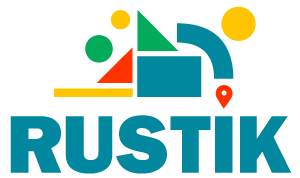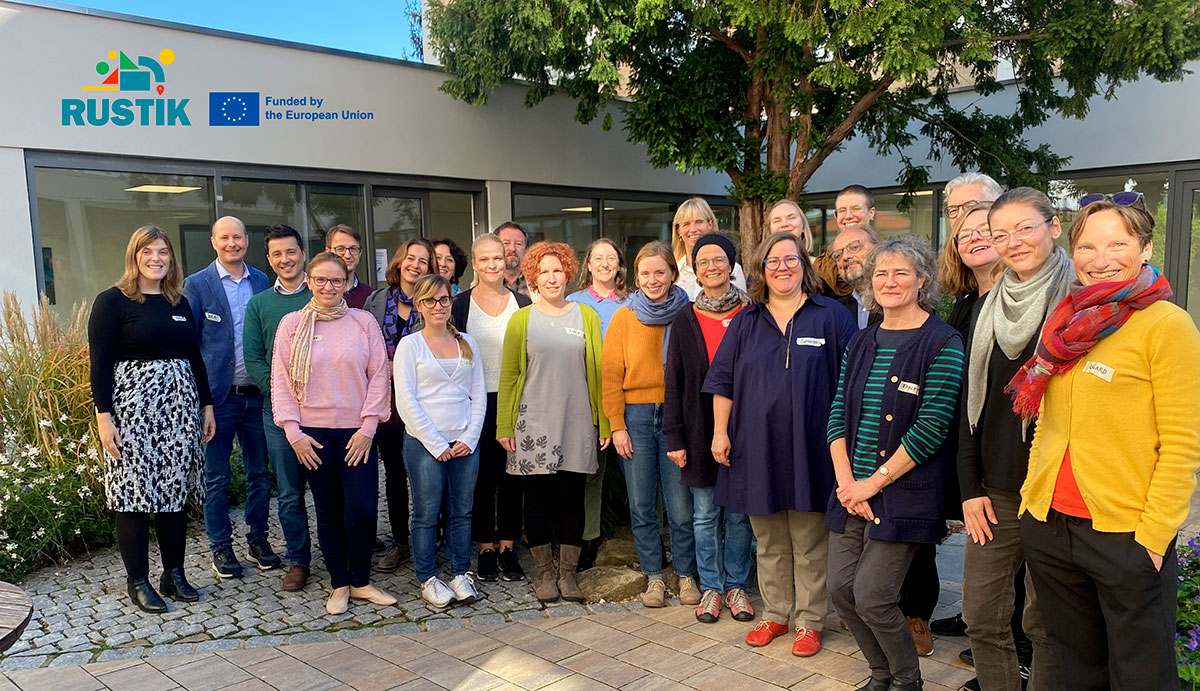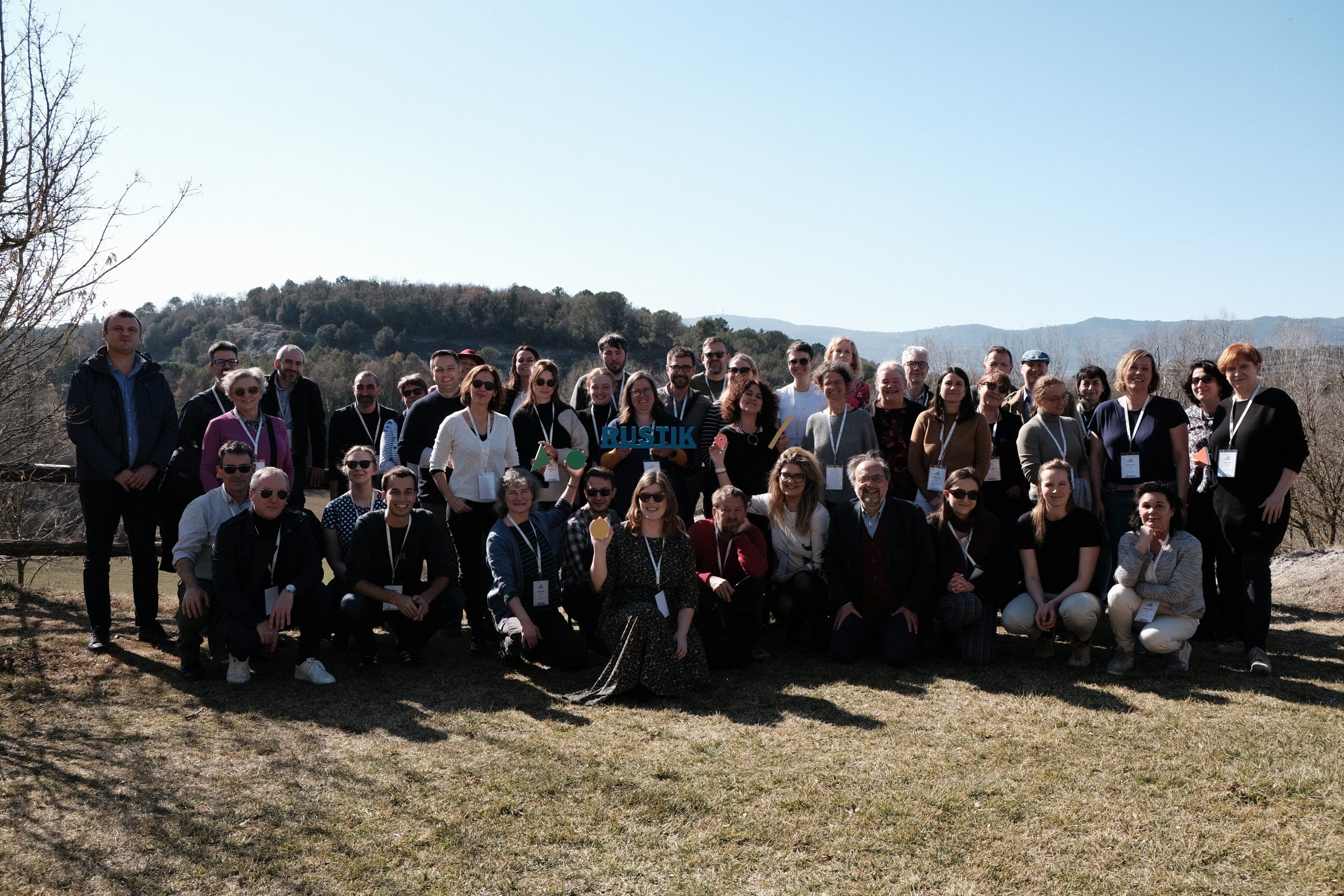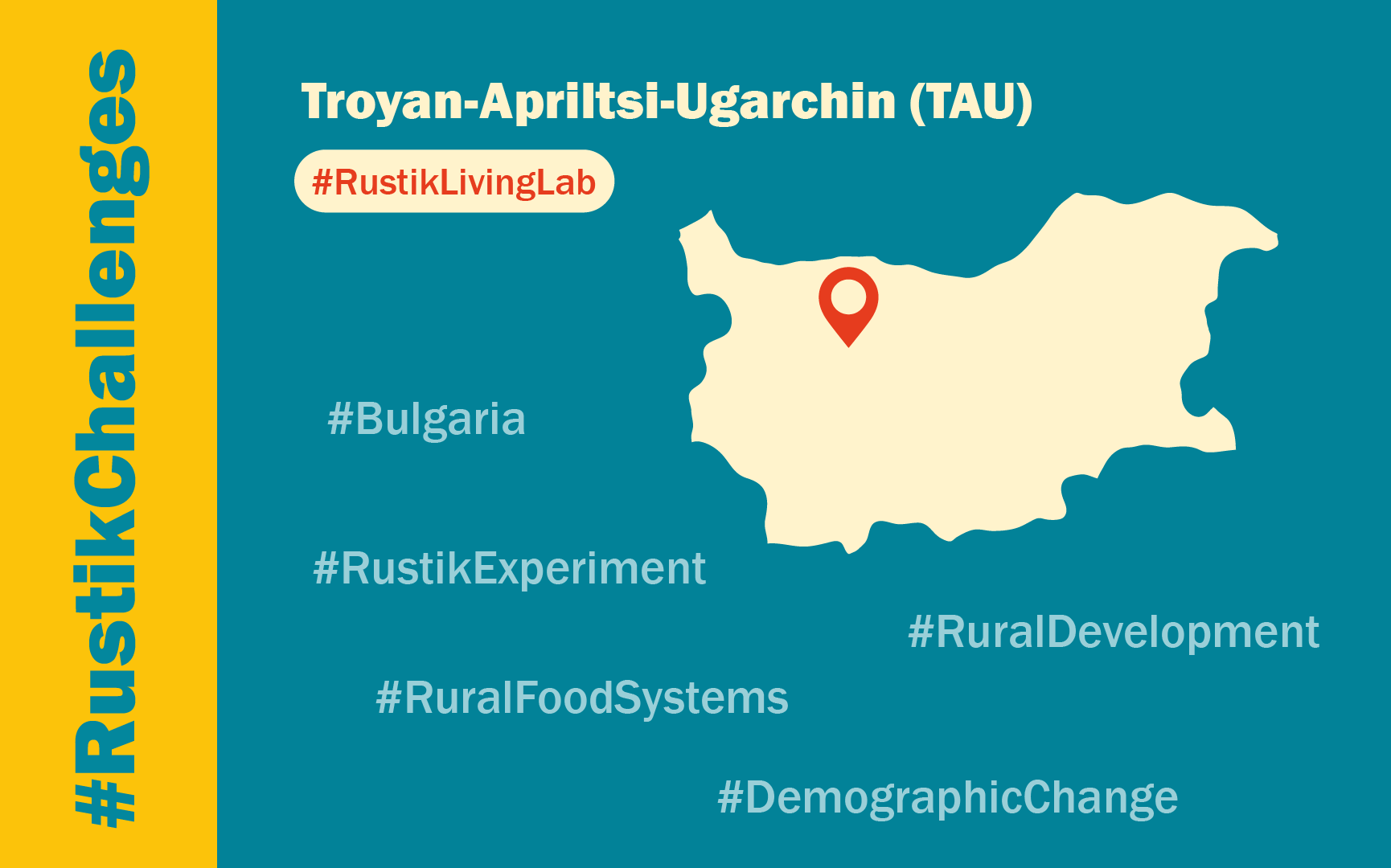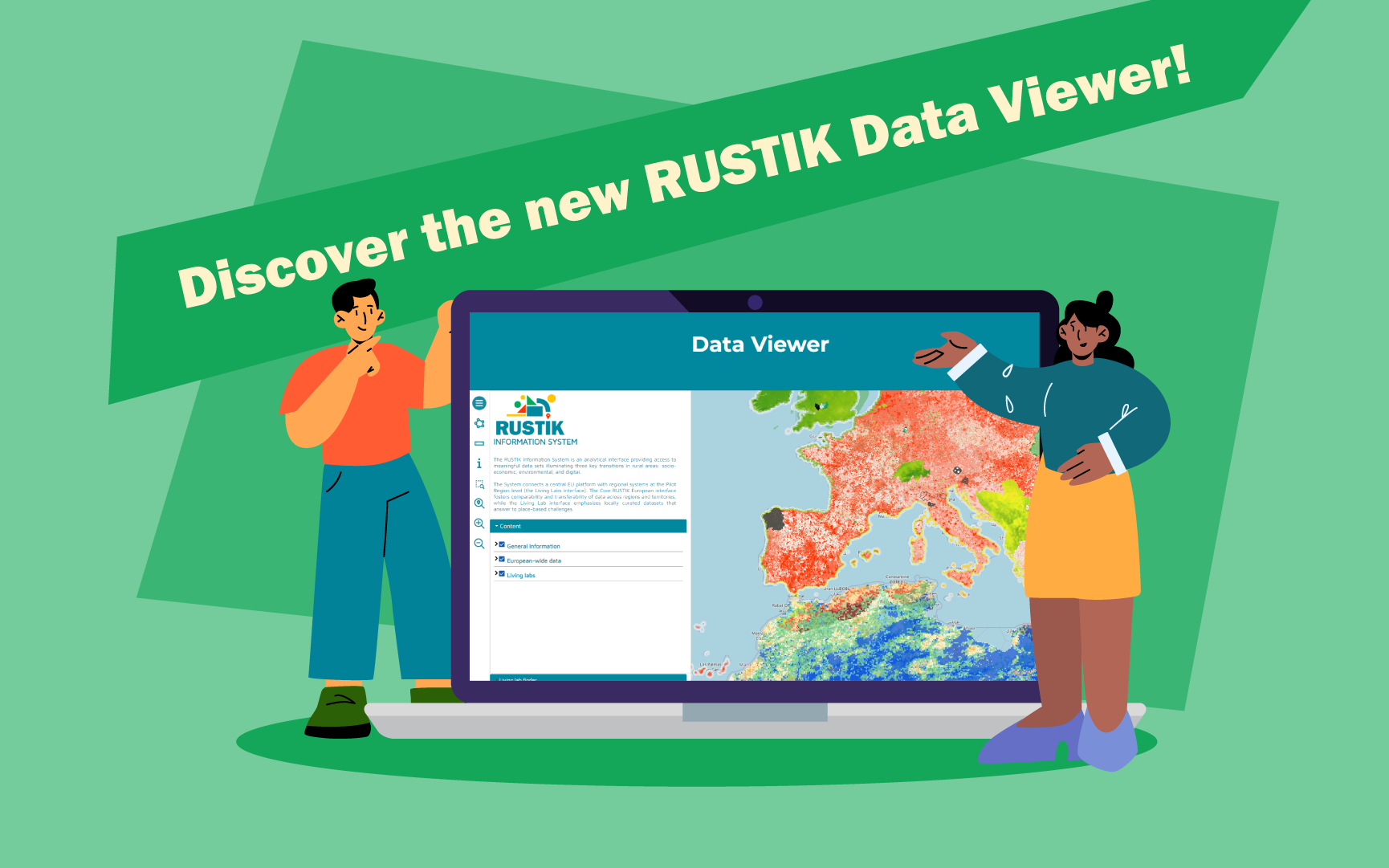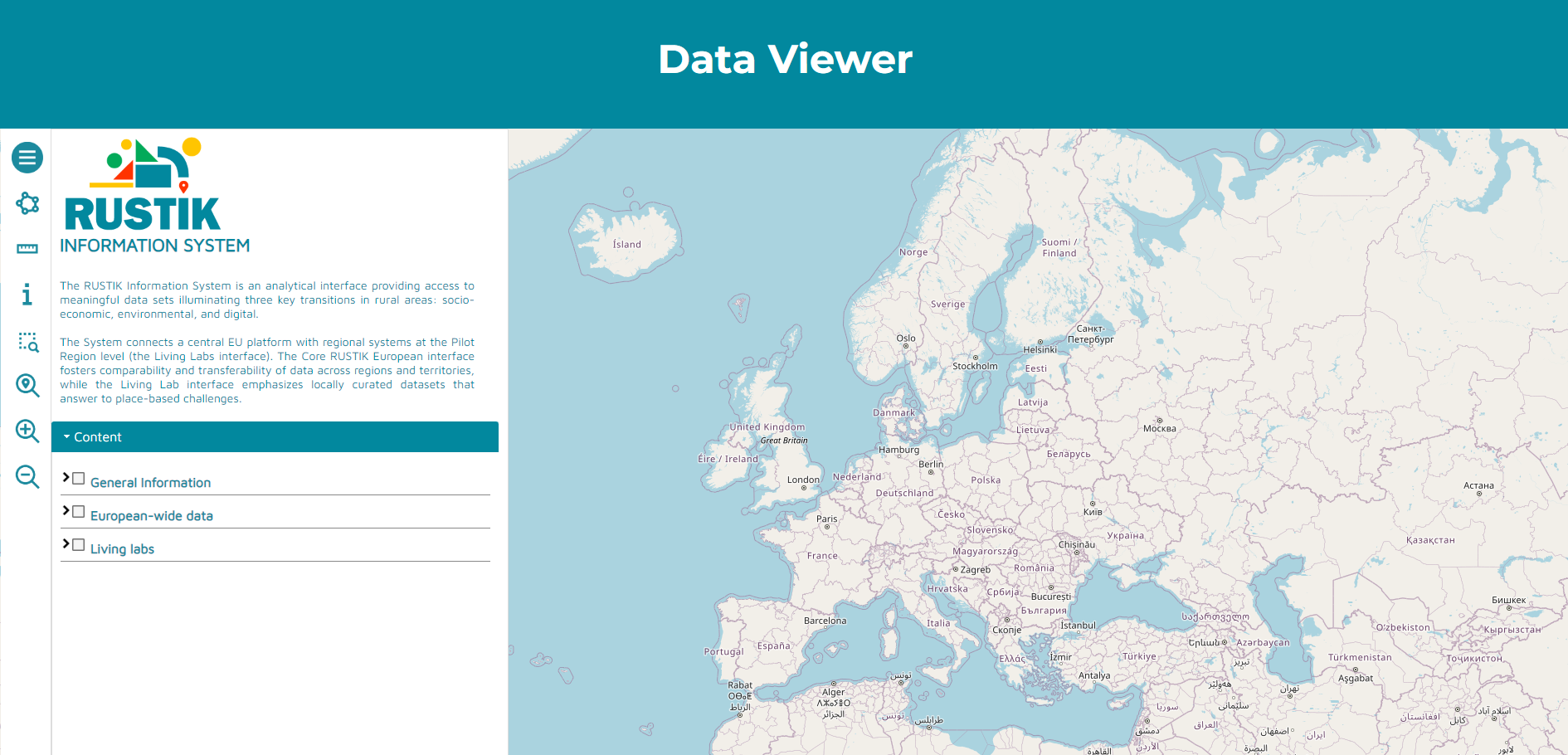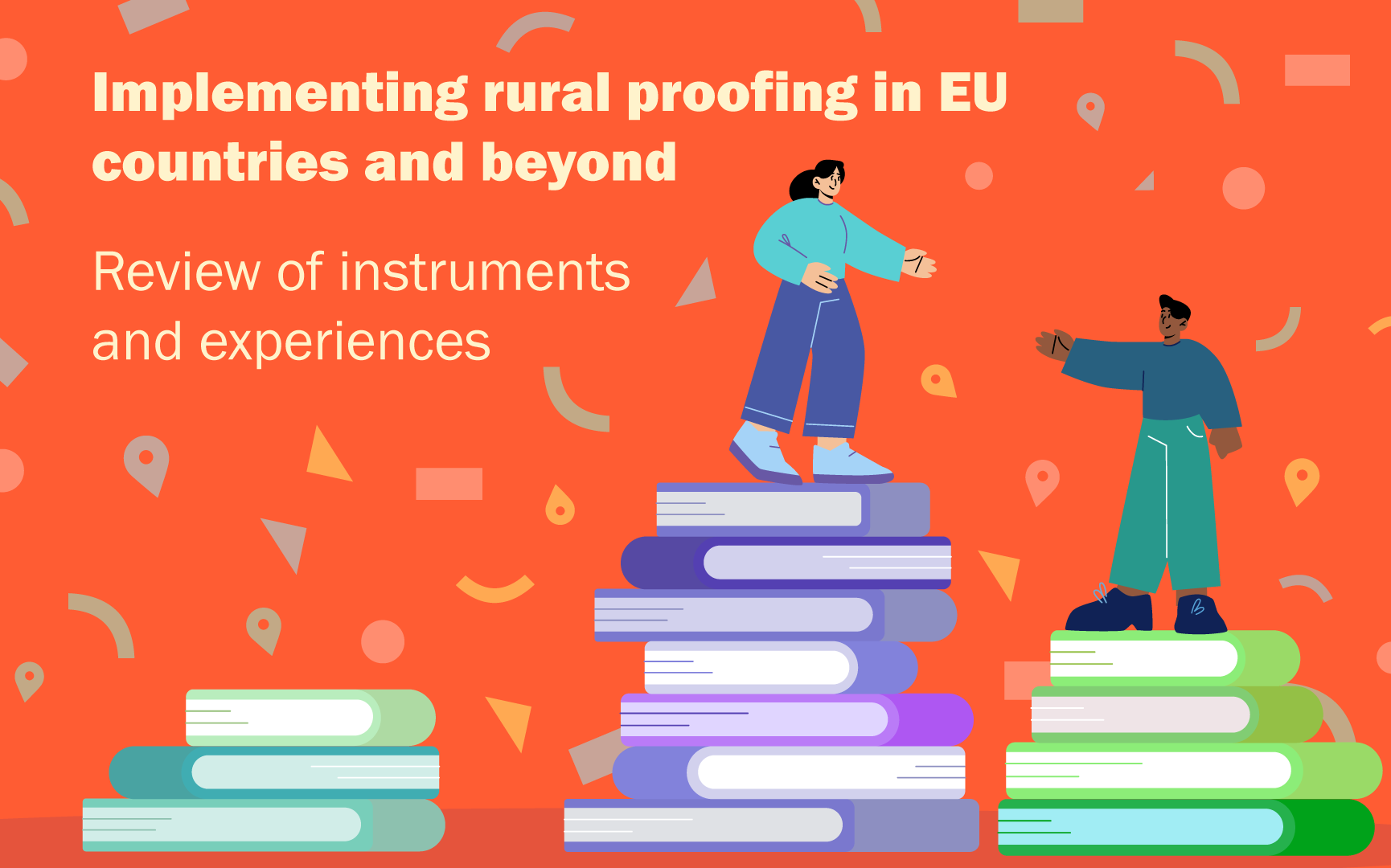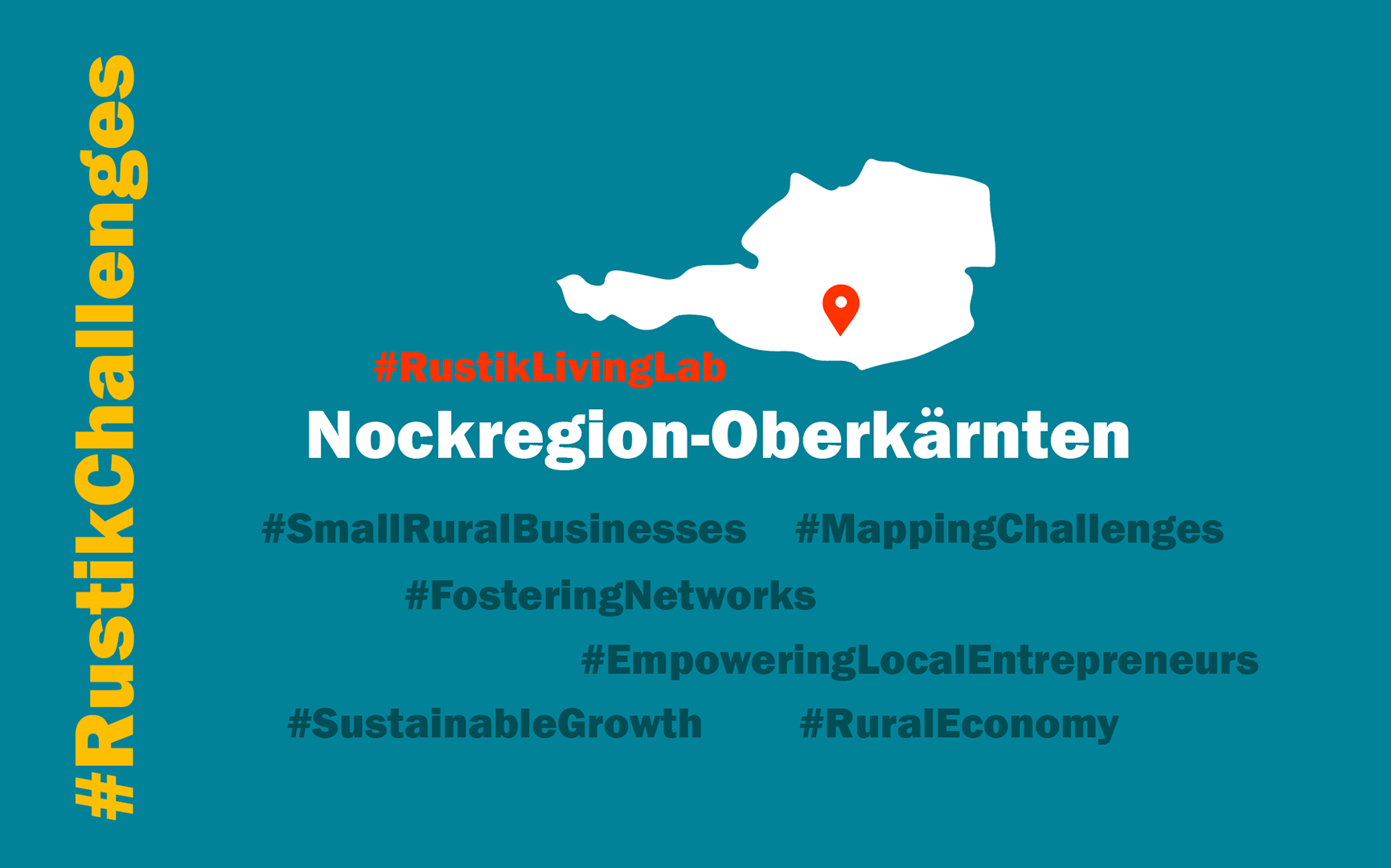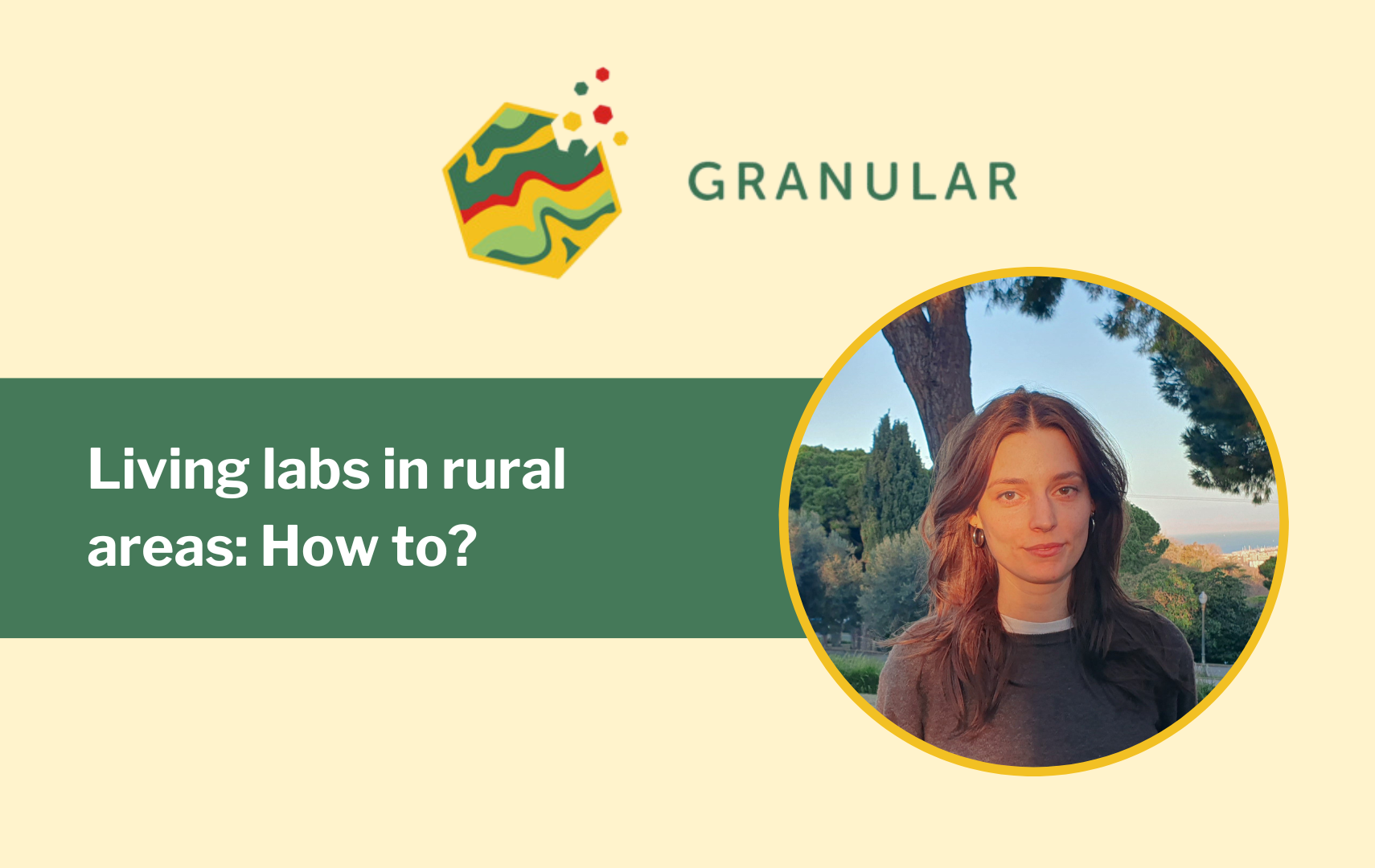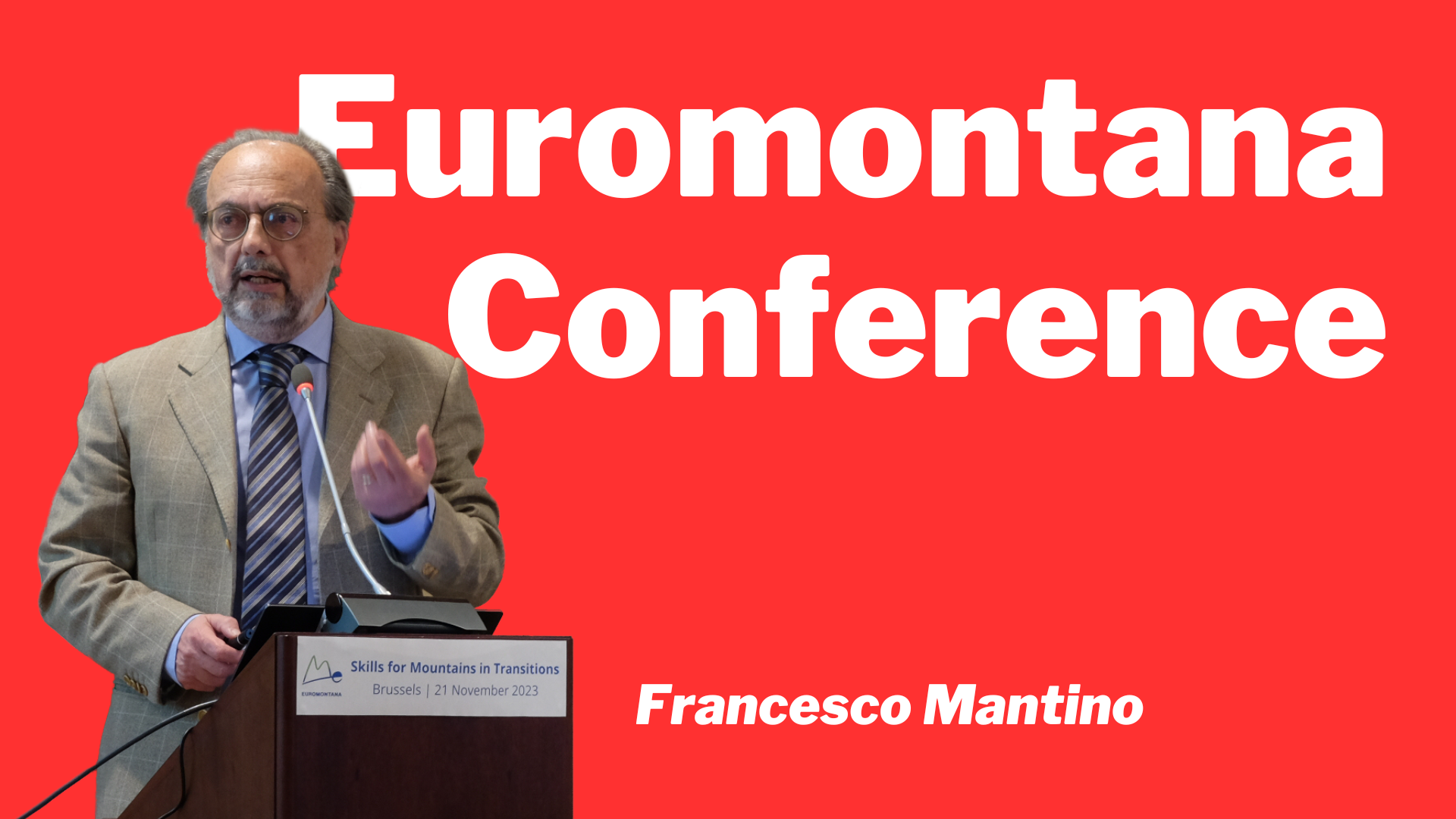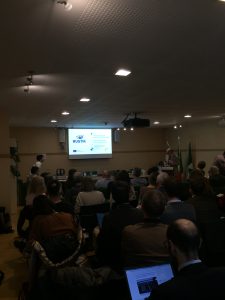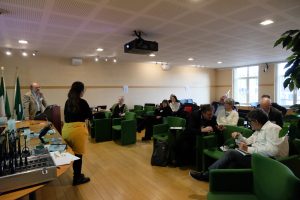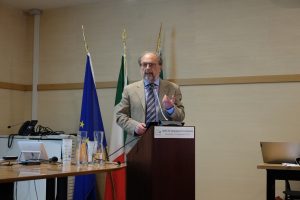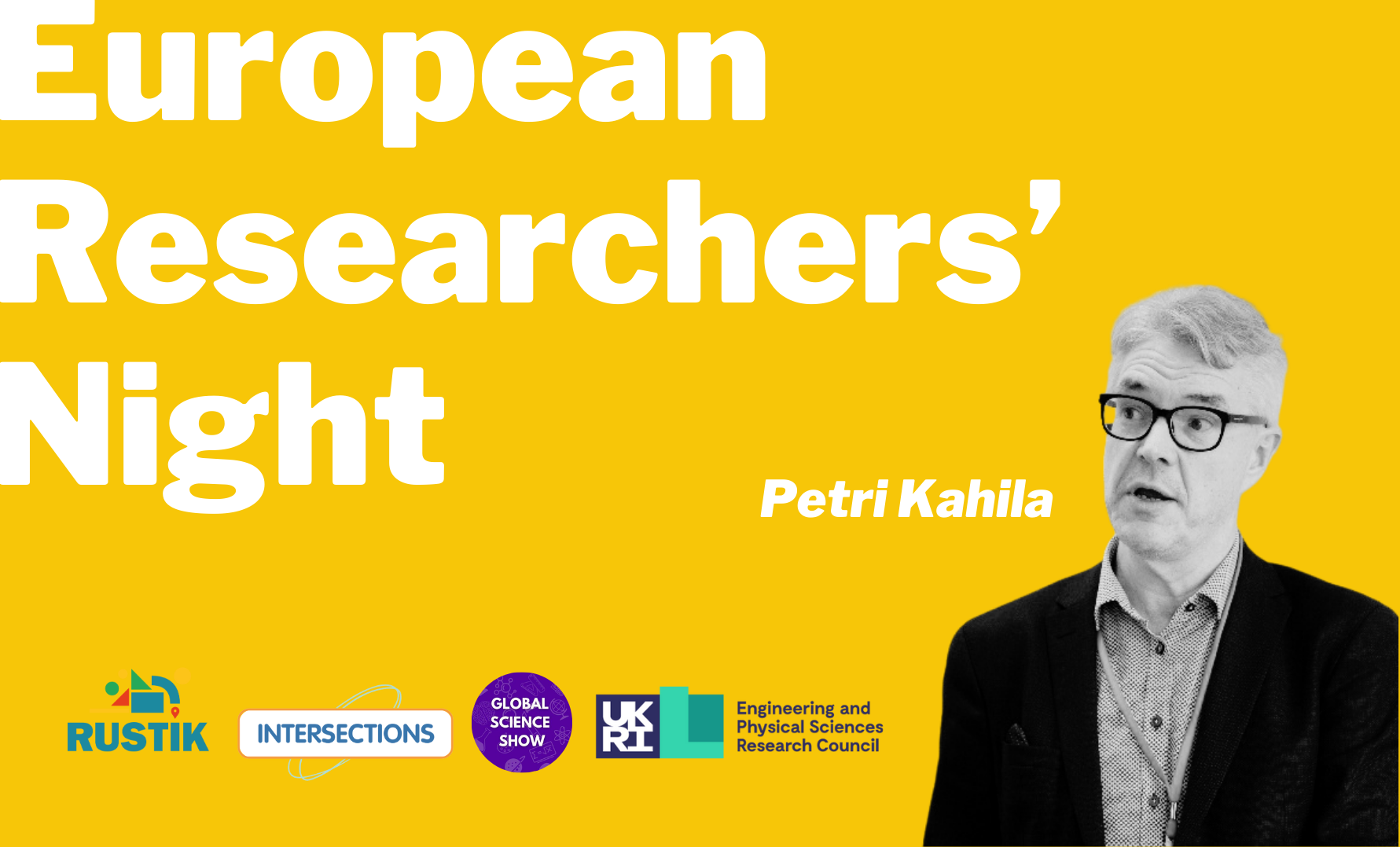RUSTIK (Rural Sustainability Transitions through Integration of Knowledge for Improved Policy Process – Преходи за устойчивост в селските райони чрез интегриране на знания за подобрение на процеса по създаване на политики) е четиригодишен трансдисциплинарен изследователски проект. Проектът има за цел да даде възможност на участниците в селските общности и на създателите на политики да разработят по-добри стратегии и инициативи, насърчаващи прехода към устойчивост в селските райони.
Проектът, финансиран от програма “Хоризонт Европа”, предвижда анализ на настоящите изисквания за адаптация, както и подкрепяне на ефективните политики в селските райони за по-доброто разбиране на различните функционалности и характеристики на районите, потенциалите им и предизвикателствата пред тях. Основните трансформации, които ще бъдат проучени в рамките на проекта, са свързани с измененията в околна среда, климата, социално-икономическите динамики и цифровите технологии.
Живите лаборатории в 14-те пилотни региона в 10 европейски държави ще бъдат централният елемент за генериране на нови познания за разнообразието на селските райони и обществените трансформации в тях. Живите лаборатории на RUSTIK ще работят по идентифицирането на нови данни, методи за събиране на данни, съчетани с настоящите източници, за да се създадат релевантни индикатори за измерване и справяне с предизвикателствата. Проектът ще се съсредоточи върху интегрирането и разпространението на данни, за да направи информацията и анализа достъпни и ценни за участниците и създателите на политики, подобрявайки въздействието на политиките, които се прилагат в селските райони. Крайната цел е да се окаже въздействие върху стратегиите за развитие и начина им на създаване, приложение и управление. За целта се предвиждат три последователни етапа, които ще се извършат от партньорите по метода на „Живата лаборатория“: преглед на ситуацията, експериментиране с данни и изучаване на политиките.
Тази седмица академичните партньори по проекта се събраха на начална среща, организирана във Франкфурт от координатора на проекта – Института за изследване на развитието на селските райони (IfLS).
Мултидисциплинарен консорциум
Консорциумът включва 30 партньорски организации. Осем университета и четири научноизследователски института предоставят научна експертиза в областта на развитието на селските райони, пространственото планиране и отчитане, процес на разгръщане на политиките, устойчивост и изменение на климата; две основаващи се на знанието предприятия от категорията малки и средни (МСП) допринасят за това с готови за прилагане технологии и подходи; а две НПО действат като посредници между университетите и МПС.
Местните и регионалните партньори осигуряват ориентирано към практиката изпълнение на проекта. Обхванати са партньори от пет местни или регионални публични администрации, две местни инициативни групи (МИГ), три бизнес асоциации и три агенции за регионално развитие.
Две европейски организации, представляващи заинтересовани страни в планинските райони – Euromontana и Европейската асоциация LEADER за развитие на селските райони, ELARD – са ключови мултипликатори за други европейски региони и по-специално подпомагат разпространението на информация сред институциите и гражданите на Европейския съюз.
Усилията на консорциума ще допринесат за укрепване на съществуващите инструменти и подходи на европейската политика, най-вече в подкрепа на Европейската зелена сделка, Европейската стратегия в областта на цифровите технологии, Европейския стълб на социалните права и Дългосрочната визия на ЕС за селските райони на Европейския съюз, политиката на ЕС за сближаване, общата селскостопанска политика, и по-специално Европейския фонд за гарантиране на земеделието (ЕФГЗ) и Европейския земеделски фонд за развитие на селските райони (ЕЗФРСР).
